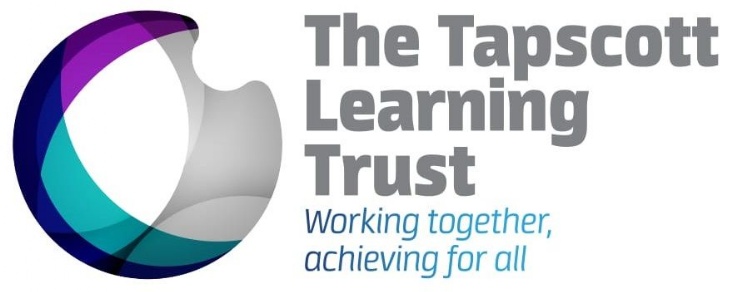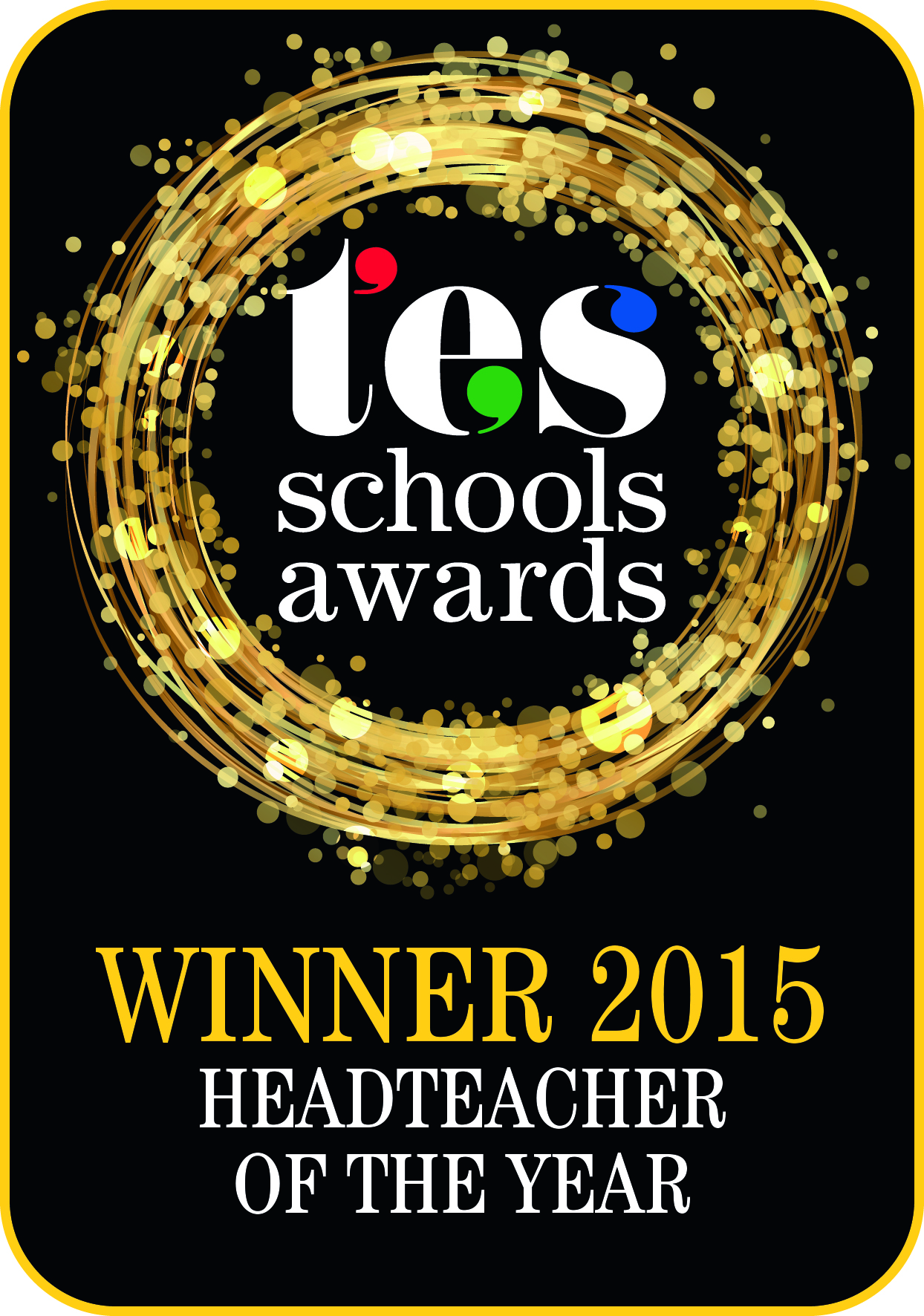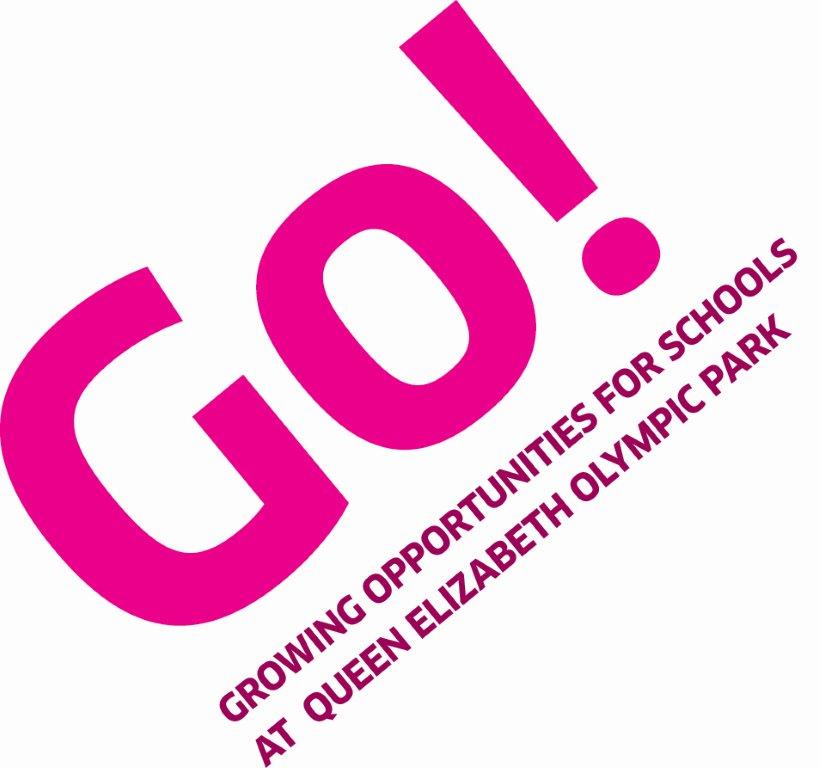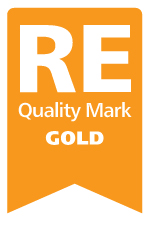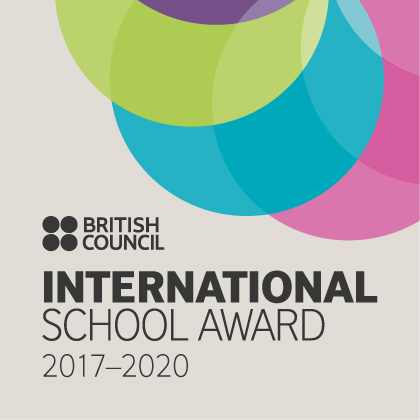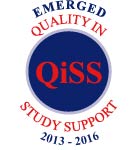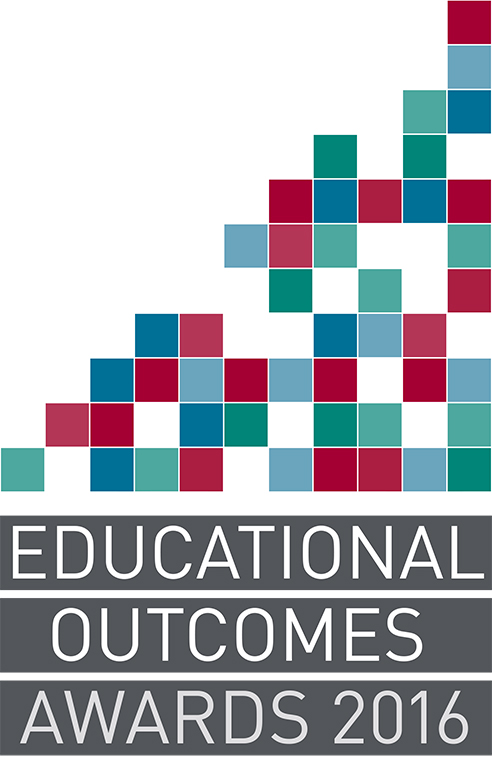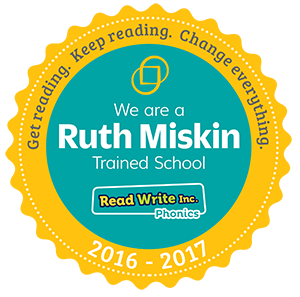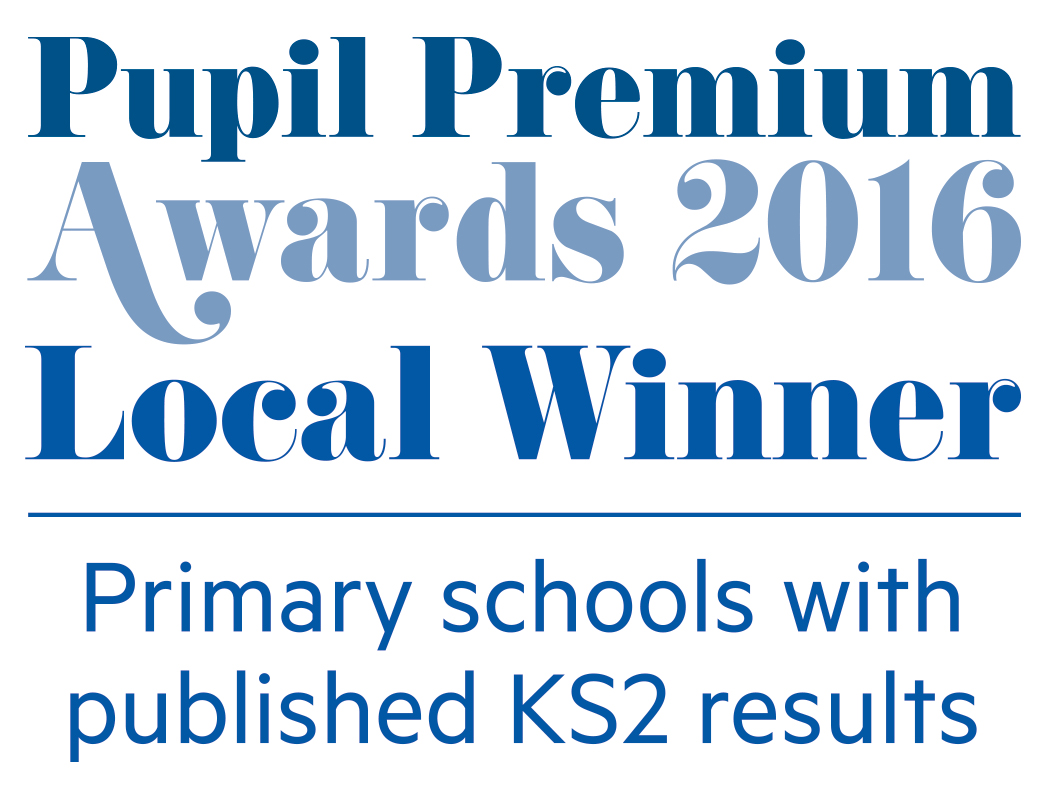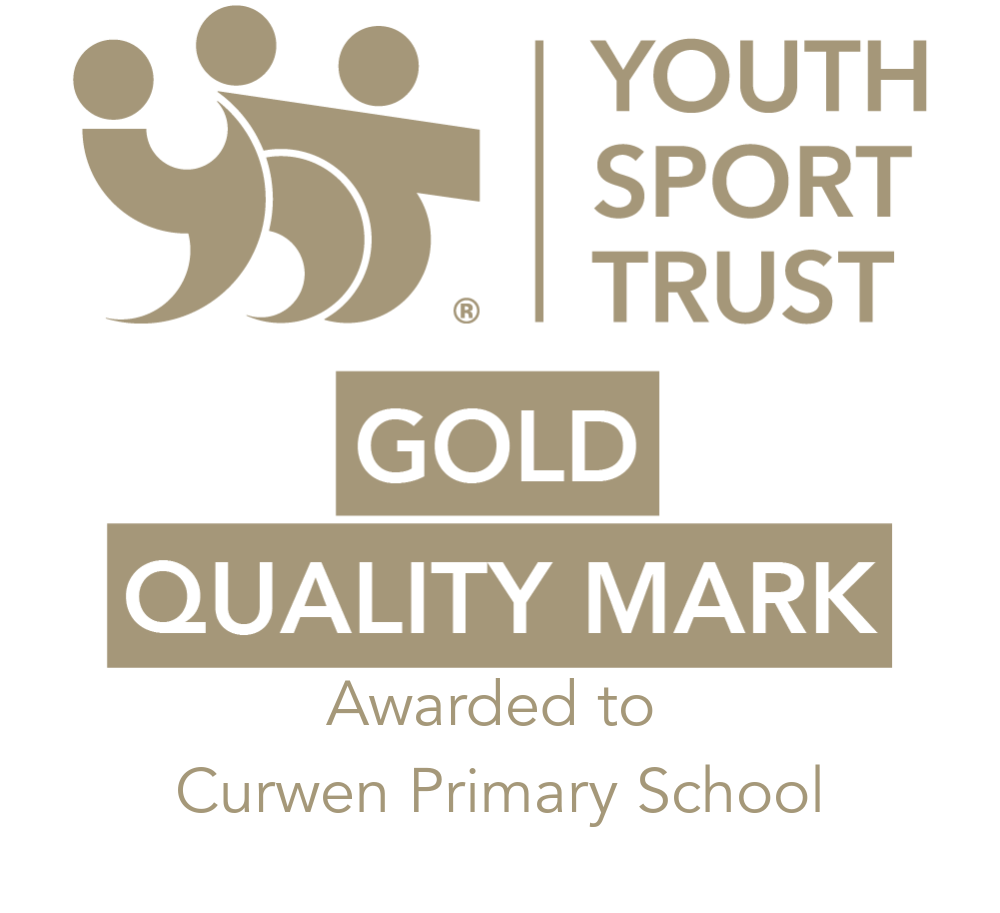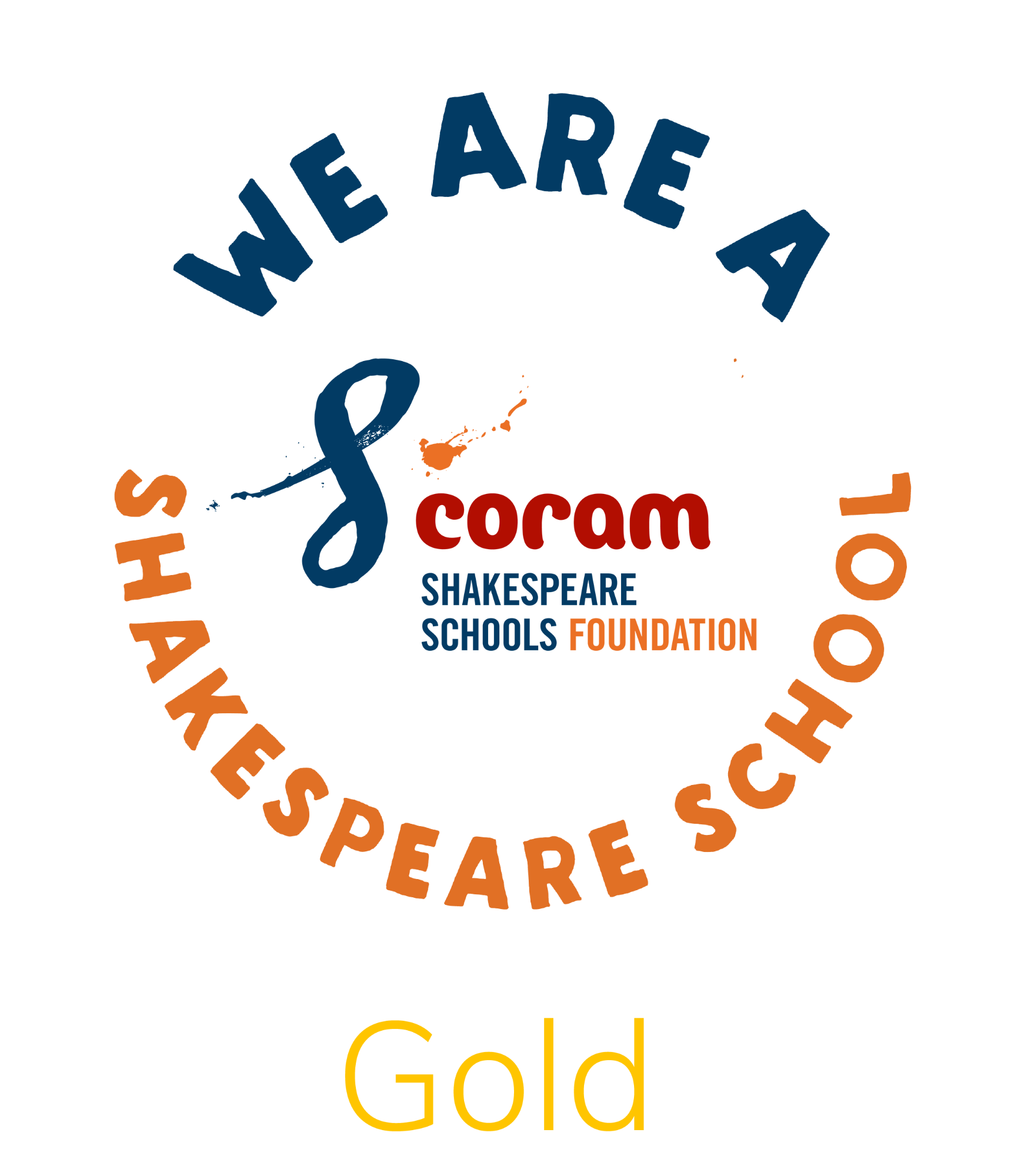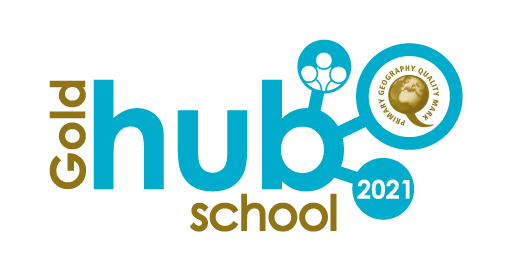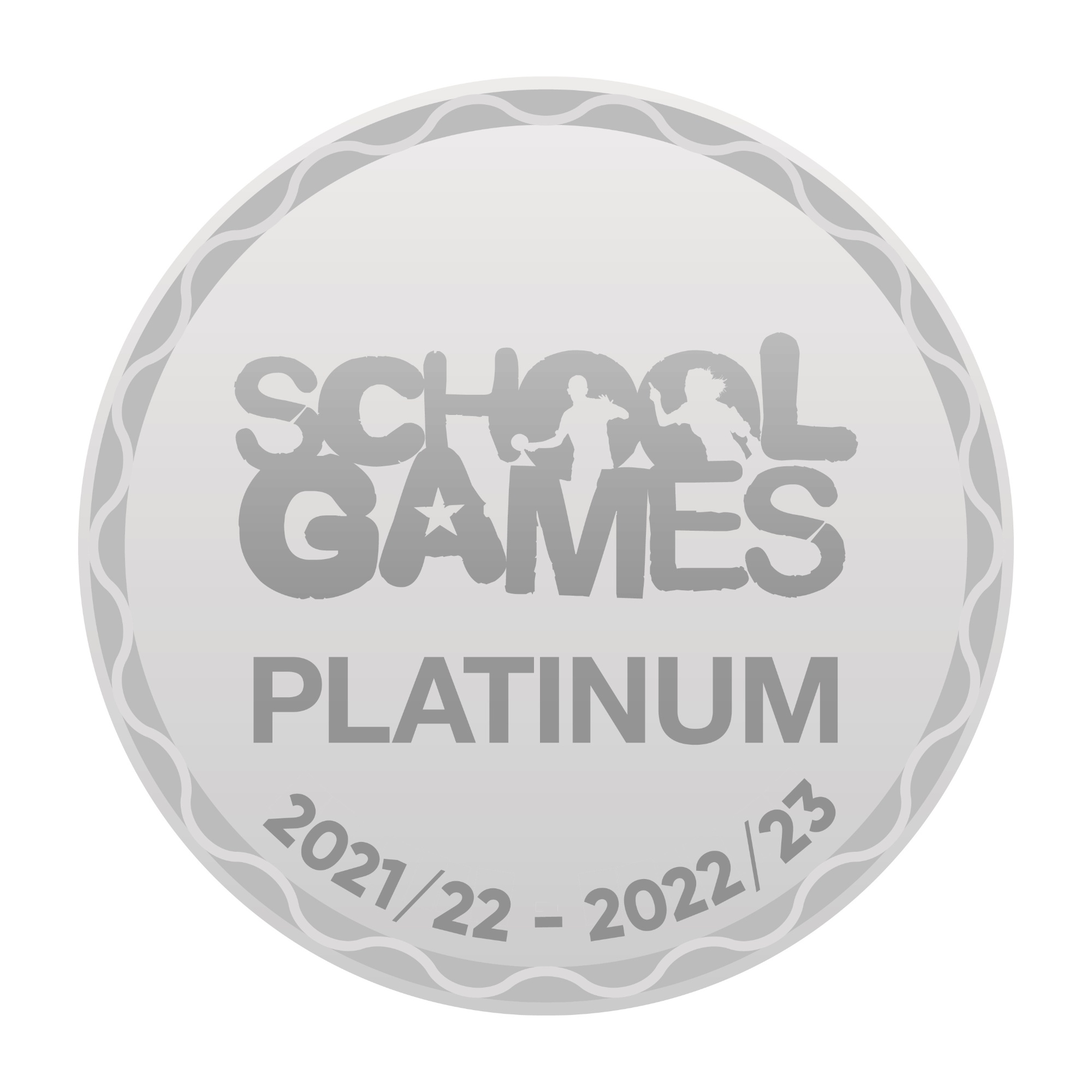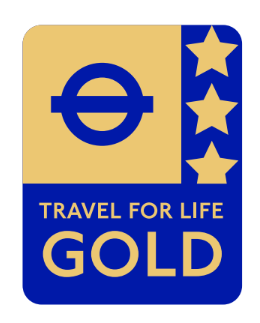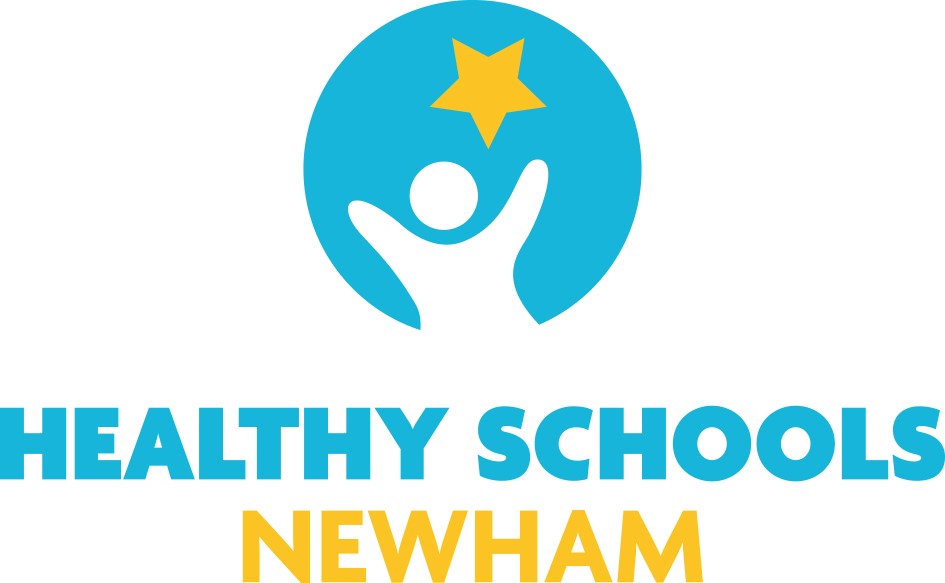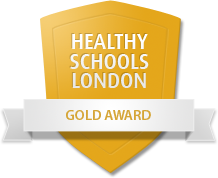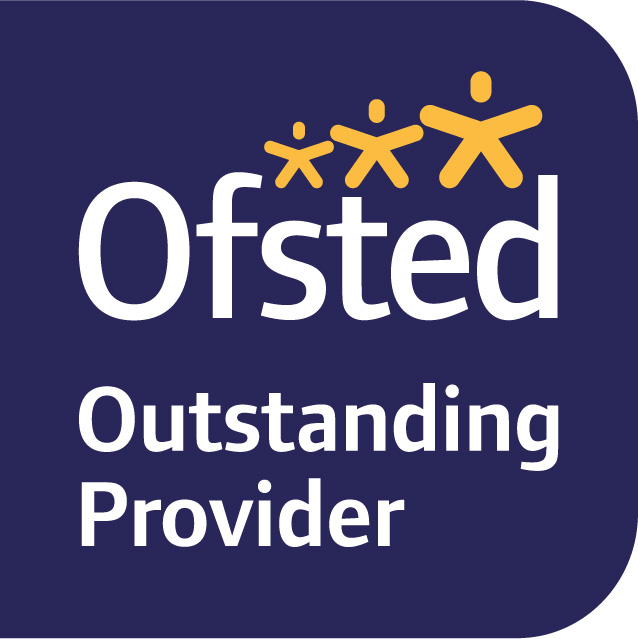Summer 2
Please enter an introduction for your blog post here.

Please enter an introduction for your blog post here.
Topic
This term in DT, we have been helping Willy Wonka create packaging for his new confectionary called Triple Strawberry Marshmallow Swirlies.
We first looked at the different packaging that our food comes in and we found that different food items were packaged to protect the things inside, show what was inside, have information about the product and some even had windows to show what the product actually looked like.
Our class also explored different nets that made 3D shapes to decide which ones were the strongest, easy to make and stackable. After a lot of testing and experimenting, we thought that best nets were the cube and cuboid.

Lastly, we made prototypes to send to the factory. Mr. Wonka sent us a design brief which we had to follow. They had to be attractive, protect his sweets and have a window so that the customers could see the sweets inside. Here are some we made.
We've made significant progress in Math this term! We began by solidifying our understanding of the four operations and mastering methods for solving one and two-step word problems. We then picked up where we left off with fractions, successfully learning how to add, subtract, and find fractions of amounts. Additionally, we started counting in and ordering decimal numbers, laying a strong foundation for future learning.
In Literacy, the children have started reading a new book by a BAME author. Planet Omar by Zanib Mian. This book explores many themes such as diversity and inclusivity. The children have really enjoyed reading this book so far and many of them identify with the main character, a Muslim boy, called Omar, who is dealing with a huge change in his life.
So far, the children have been using various reading skills such as prediction and inference to learn more about Omar and the kind of boy he is.



To do this, we have looked at the front cover, the blurb and discussing Omar’s many likes and dislikes, which the children have had a lot of fun reading about. 
Literacy

In Literacy this term, the children have been reading a variety of books such as The Secret Garden, Fantastic Mr Fox and Charlie and the Chocolate Factory. We have discussed themes of friendship, revenge and forgiveness. We have also looked at the relationships which children have shared with their grown-ups.
In the main, the children have enjoyed reading aloud to the whole class, and it is amazing to see them growing in fluency and confidence.
Maths
In maths this term, we have been learning how to tell the time. In order to become familiar with the clock face, the children have been exploring an interactive clock which allows them to learn the time in a fun and inclusive way.




Our most recent topic is data, which involves looking at graphs, learning how to read bar charts and pictograms. In addition, the children have been collecting data to record on a graph.
Topic


This term, we took a fantastic trip back in time to Ancient Egypt! Year 3 embraced learning about pharaohs, pyramids, and those amazing hieroglyphs. We had a blast at the British Museum looking at all the artifacts and really got to grips with how important the Nile River was to Egyptian life. We explored the fascinating stories of their gods and goddesses, and it was wonderful to see how this incredible civilization influenced the world we live in today.
Please enter an introduction for your blog post here.
Literacy
For literacy this half term, students have started to practise their first reading skill, prediction. The children have discussed the importance of being able to make appropriate predictions and have talked about how a blurb or an image can help to make a sensible guess about what will happen in a story. The children have engaged very well with this and their enjoyment is reflected in the predictions they have made and their thoughts and ideas about the characters.
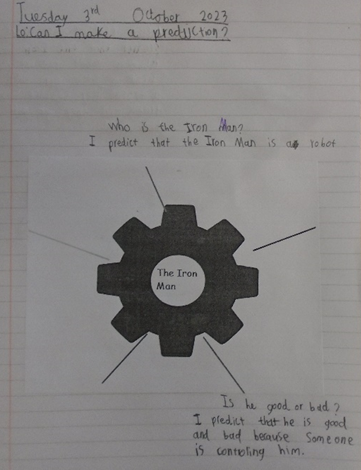
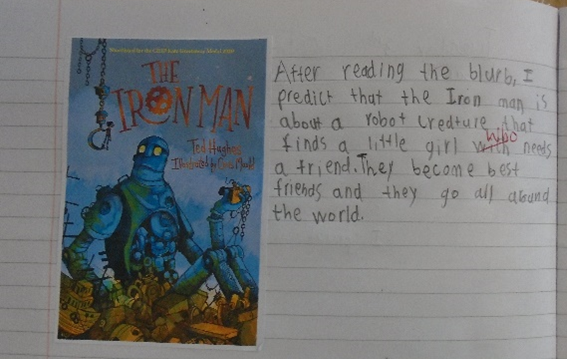
In addition to making predictions, the children in year 3 have also completed a non-chronological report, which talks about school meals at Curwen. This was their first formal piece of writing since moving up to year 3 and though it was a challenge, the children all strove for success and completed something they can be proud of.
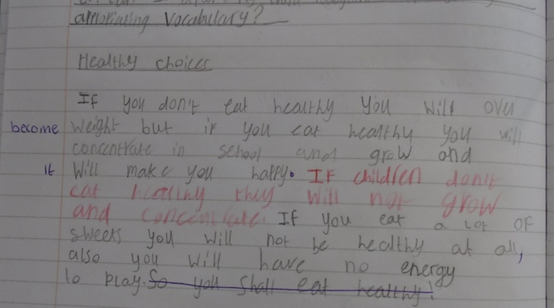
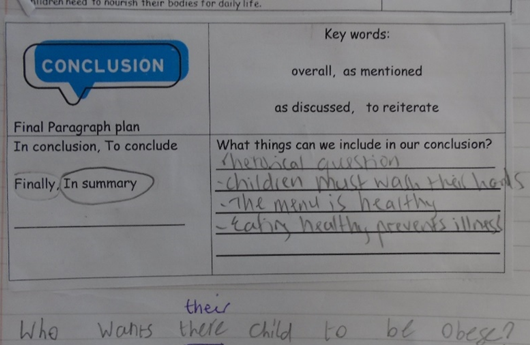
Can I partition numbers using concrete resources?
In Year 3, there is a big push to make Maths accessible to all. Some people learn best by doing. In fact, it is said that all children benefit from learning by doing. Some parents have admitted, that they have even used kidney beans to explain addition and subtraction.
So far, we have worked on the Properties of Numbers, and have used the Dienes to represent hundreds, tens and units/ones. The children were effectively able to find the answers to their Maths questions, and feel an overall sense of achievement.

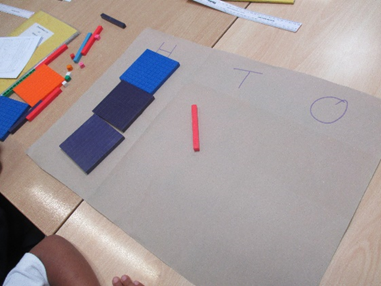
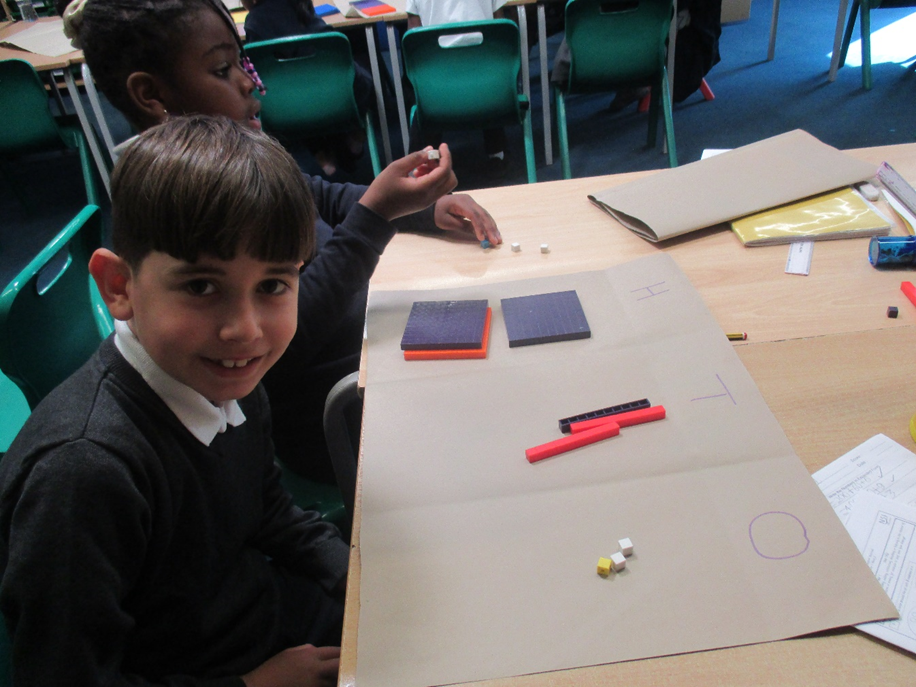
In topic, we have been learning about our local area. So far, we have learnt that Plaistow, our local area, is a town, which is within the borough of Newham. We also learnt that the smallest human settlement is called a hamlet and that counties are bigger than cities but smaller than a country. To help us understand place the settlements in the correct order, we created settlement hierarchy circles. We have also looked at 4-ficure grid references to help us locate place on a map.
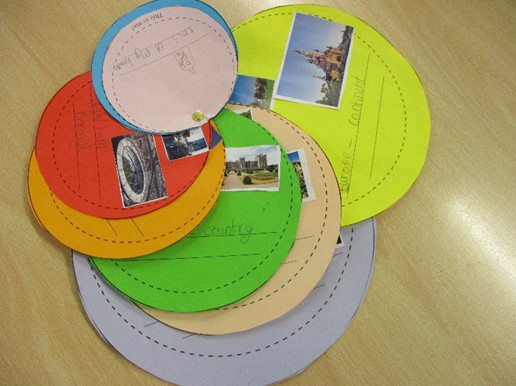
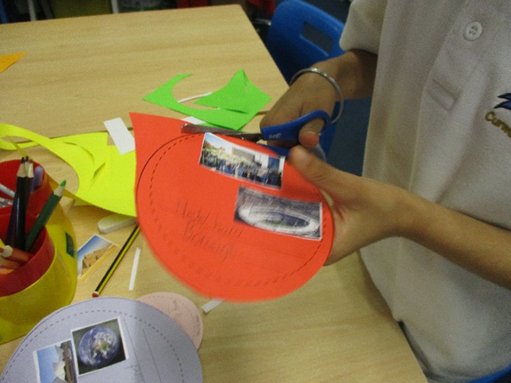
Literacy:
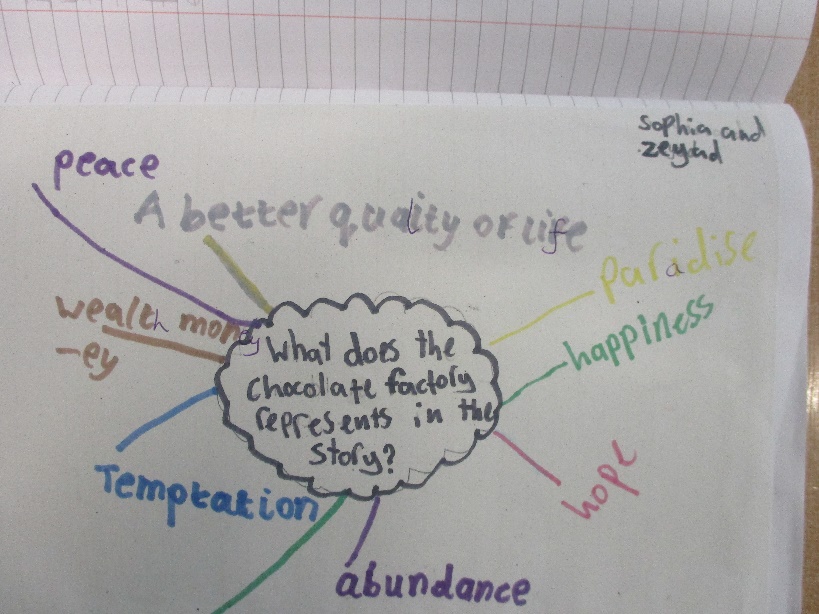 In Literacy this term, we have been exploring a number of skills using the class text to support our learning. The first is the idea of representation where the children discuss what different places or objects could symbolise in a story or what it could mean to the characters. One example is the chocolate factory in Charlie and the Chocolate Factory. Students talked about a range of things that the factory could represent.
In Literacy this term, we have been exploring a number of skills using the class text to support our learning. The first is the idea of representation where the children discuss what different places or objects could symbolise in a story or what it could mean to the characters. One example is the chocolate factory in Charlie and the Chocolate Factory. Students talked about a range of things that the factory could represent.
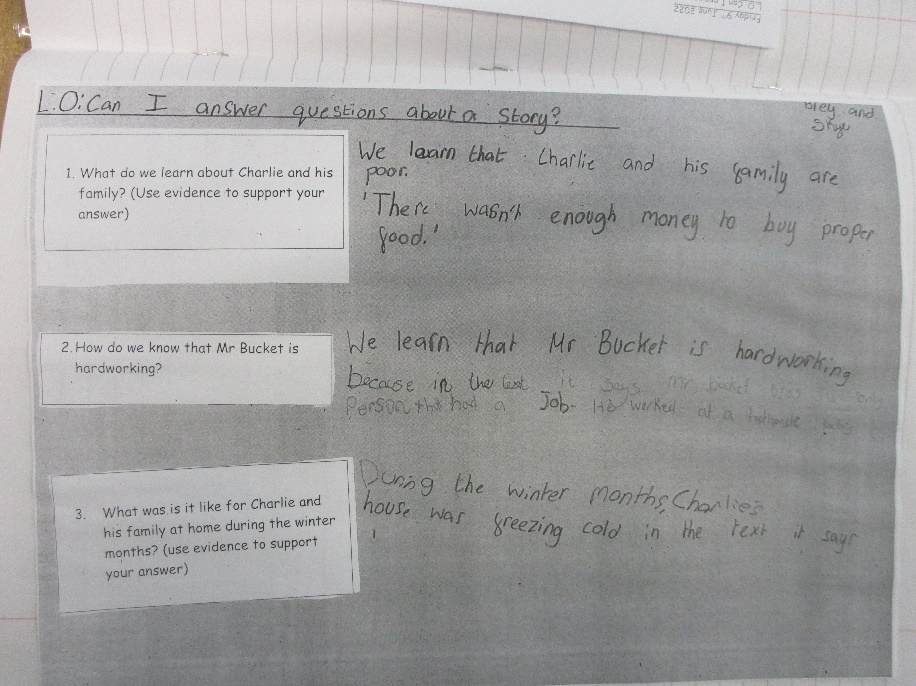
Another skill that the children have been practising is referencing the text in their writing when answering questions. This is something that has really allowed the children to engage with the story and expand their knowledge of key concepts.
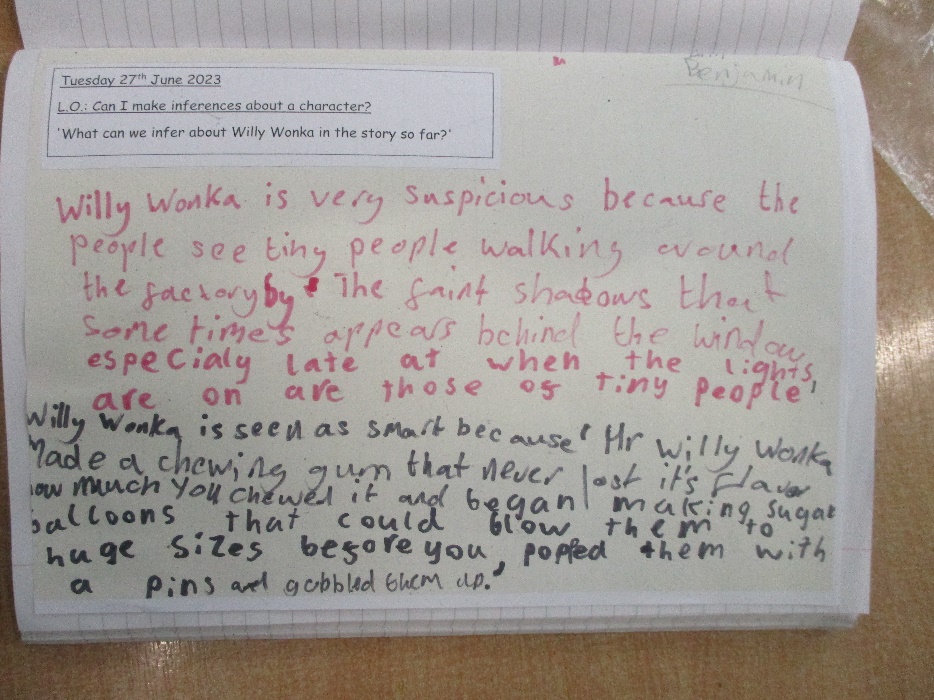 Lastly, the children have also been working on making inferences, not just about a story but also about a character based on what we know about them. To explore this, students have been engaging in shared writing in pairs.
Lastly, the children have also been working on making inferences, not just about a story but also about a character based on what we know about them. To explore this, students have been engaging in shared writing in pairs.
Year 3 Topic
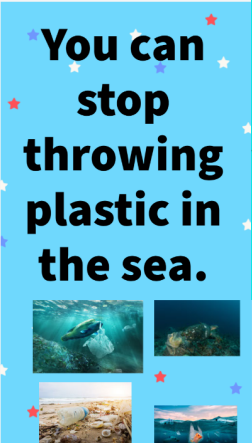
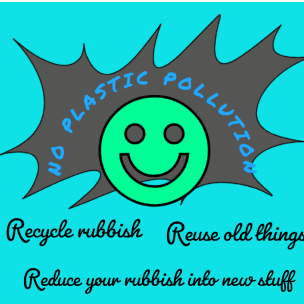
In Year 3 this term, we have been learning all about the environment. We learned about different types of pollution and discussed ways of reducing it to protect our environment. In class, we also talked about the impact of pollution on animals including us, humans. To encourage people to look after our planet, we used our computing skills, to make informed posters concerning plastic in the ocean on Adobe Express.
Summer 1 Literacy – Year 3
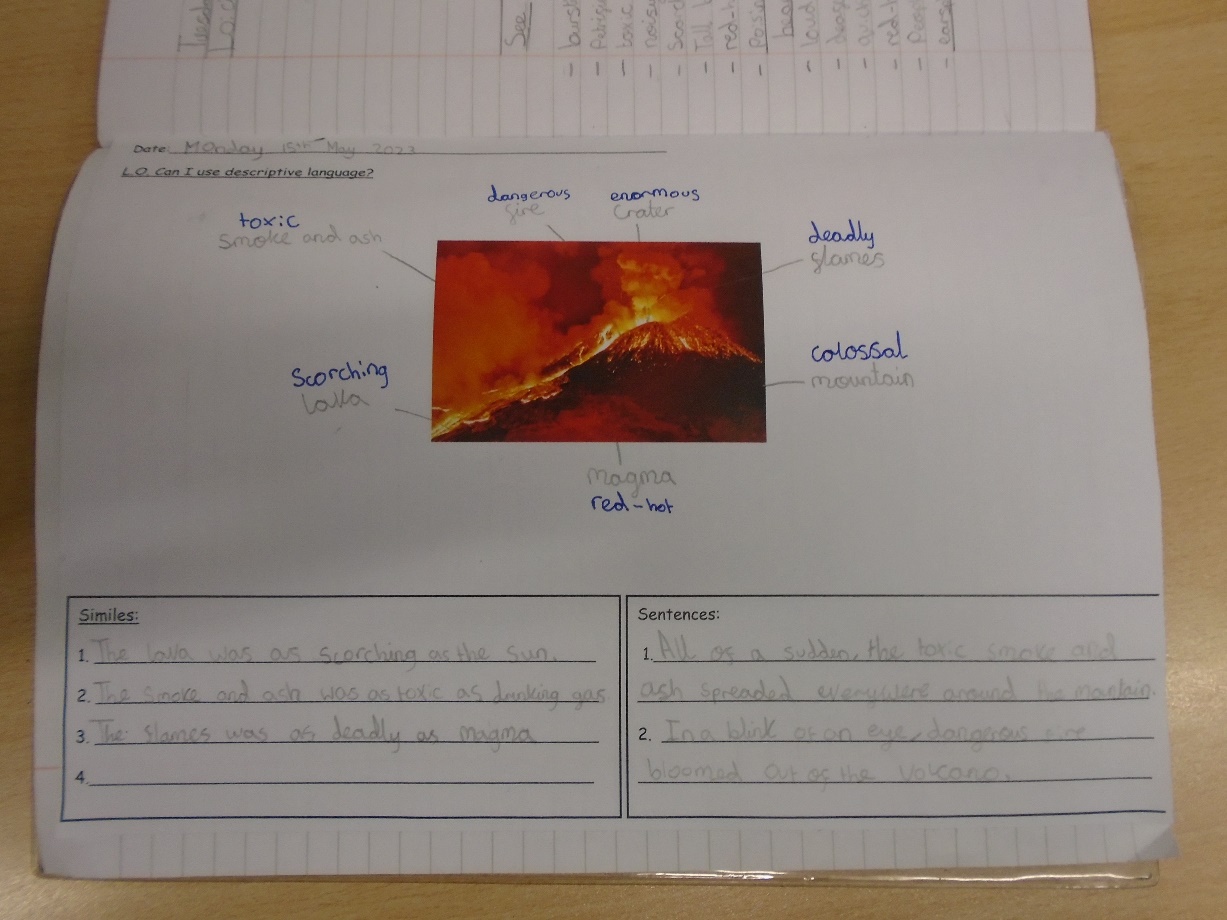
In Literacy this half term, we have been writing our own narrative stories about volcanoes. We have been doing this alongside our topic lessons which have also been about volcanoes. We used a range of grammar skills such as fronted adverbials, expanded noun phrases and prepositional phrases to make our writing more dramatic. We also used speech and powerful verbs to engage our readers. To help us visualise what a volcanic eruption might have felt like in order to create our narrative stories, we listened to a story on “Now Press Play” about the eruption of Vesuvius in Pompeii.
Geography summer 1
This term in geography we have been learning all about volcanoes! We have learnt about different features of Earth’s structure, tectonic plates and effects of natural disaster on the people and the environment. We have also completed some exciting work including locating 7 main tectonic plates on the map of the Earth and labelling volcanoes. The children learned that volcanic eruptions begin deep inside the Earth. The molten rock stored in the magma chamber rises and travel through the vents. As it travels up, gases expand and water becomes steam, creating pressure. When the pressure can no longer be contained, it erupts through the crater and secondary side vents.

Math Summer 1
In Maths this term we have been consolidating our knowledge of the four operations, and the methods we can use to decipher and calculate word problems. After this, we have been delving deeper into fractions, picking up from where we began this work in Autumn 2. We have begun adding and subtracting fractions, as well at looking at mixed and improper fractions. Currently the children are working on properties of shape, and recognising the relationships between 2D and 3D shapes and how angles and lines can be described to help us identify certain shapes.
Year 3 Spring 2 – Topic update
In Topic we have been learning about Ancient Egypt. We learnt that the civilization of Ancient Egypt began about 5,000 years ago and have ordered key events on a timeline. We have also had lots of fun learning about the River Nile, the Pyramids of Giza and the hierarchy of Ancient Egypt.
We also learned about the significance of the River Nile in helping Ancient Egypt to flourish, and made links to our work in science about rock formation when exploring the pyramids.
We created our own fact files and enriched our learning with a trip to the British Museum to see Ancient Egyptian artefacts.
The artefacts were used as an inspiration in our Art lessons, where we drew sections of the artefacts with a view finder. We also learned about contemporary Egyptian artist Reda Abdel Rahman whose work mimics the Ancient Egyptians imagery.
Maths Website Update – Spring 2
The ability to read and understand the time is an important life skill in modern society. Therefore, in our maths lessons this half-term, we have been working on developing our knowledge and understanding of time. Through interactive games and independent activities, we explored telling the analogue and digital time both past the hour and to the next hour. We also started solving simple problems related to time durations where we had to work out how much time has elapsed between two events.
Year 3 Literacy website update Spring 2
During Guided Reading, Year 3 has been reading books such as Wind in the Willows and The Magic Finger. We have discussed themes of friendship, revenge, forgiveness. We have looked at the relationships which children have shared with their grown-ups.
In the main, the children have enjoyed reading aloud to the whole class, and the good news is that they are able to measure their progress over time.
